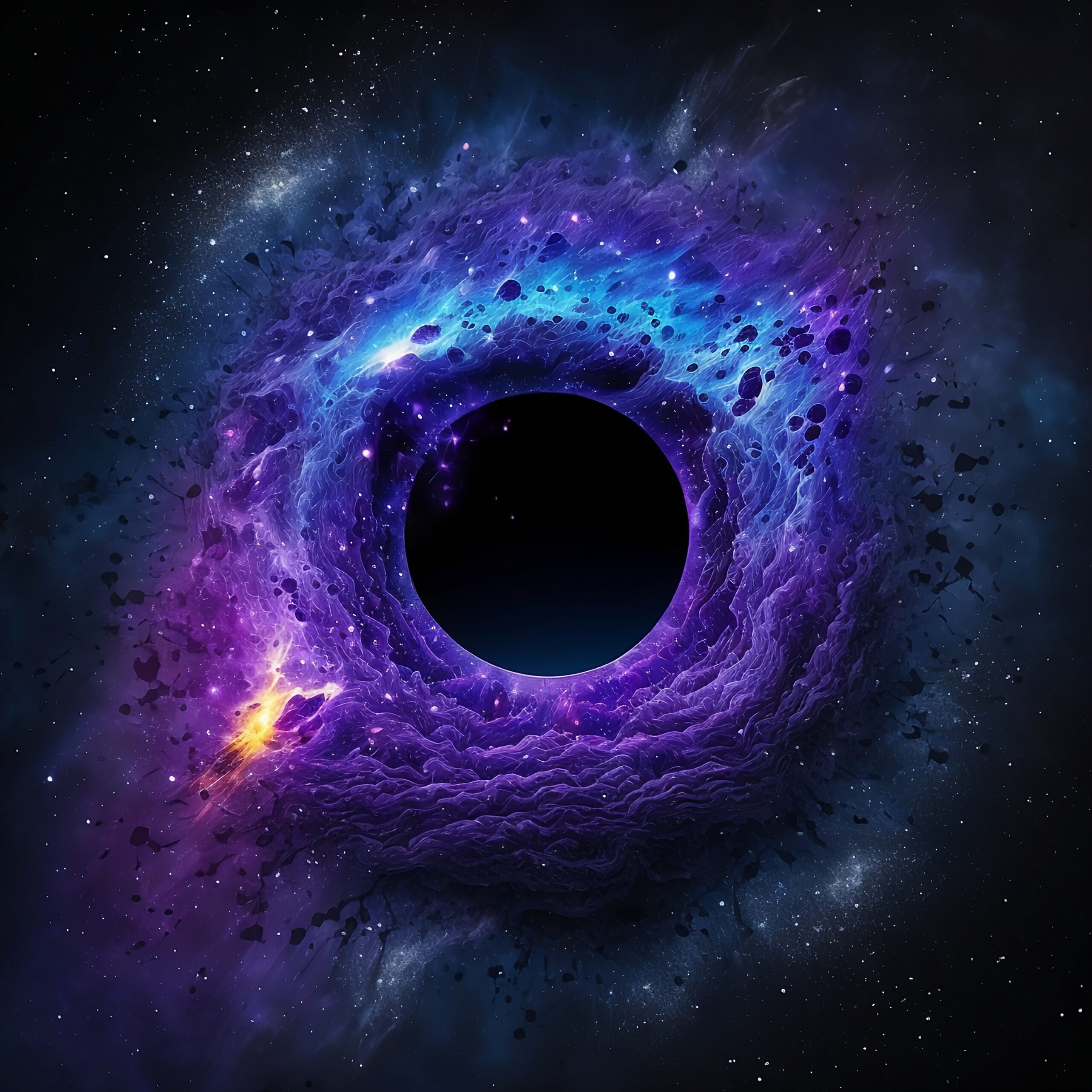Introduction
Imagine a huge rock speeding through space, full of precious metals like gold, platinum, and rare elements that could power the future of technology and energy on Earth. In 2024, scientists discovered an asteroid with minerals worth trillions of dollars, sparking a new global conversation about mining in space.
Asteroid mining is the process of collecting valuable materials from asteroids. These space rocks, like leftover building blocks from when our solar system formed, are rich in metals and water. What once seemed like science fiction is now a serious topic as technology advances and Earth’s resources become harder to find.
What Is Asteroid Mining?
Asteroid mining is the process of collecting valuable resources from asteroids in space. These resources include metals like platinum, gold, nickel, and water, which can be used for fuel and life support in space missions.
Asteroids come in three main types:
Carbonaceous (C-type): Rich in carbon compounds and water, these are great for getting water for space exploration.
Silicate (S-type): Contains minerals like silicates and metals, including nickel and iron.
Metallic (M-type): Mostly made up of valuable metals like platinum, gold, and rare earth elements.
Near-Earth objects (NEOs) are asteroids and comets that orbit close to Earth. They are prime targets for mining because they are easier to reach than those in the asteroid belt between Mars and Jupiter. NEOs could provide resources without using up Earth’s natural reserves, making them a key focus for future mining missions.
The Technology Behind Asteroid Mining
Asteroid mining relies on advanced technology to find, reach, and extract resources from space rocks. Here’s how it works:
Spacecraft and Robotic Miners:
Special spacecraft are designed to travel to asteroids, study their makeup, and send out robotic miners. These robots can drill, scoop, or cut materials from the asteroid’s surface. Advanced sensors and AI help these robots work on their own in the challenging, low-gravity environment.
Sample-Return Missions as Stepping Stones:
Missions like NASA’s OSIRIS-REx and Japan’s Hayabusa2 have shown that it’s possible to collect samples from asteroids and bring them back to Earth. For example, OSIRIS-REx took samples from the asteroid Bennu, providing important data on the asteroid’s composition and laying the groundwork for future mining projects.
Future Advances in Microgravity Resource Processing:
In-situ Resource Utilization (ISRU): Methods to turn extracted water into fuel or oxygen for space missions.
3D Printing in Space: Using asteroid materials to make tools and parts on-site.
Magnetic and Thermal Processing: Techniques to refine metals and minerals in space’s low-gravity environment.
These innovations are key to long-term space exploration, allowing missions to run without constantly relying on Earth for resources, cutting costs, and enabling extended operations in space.
Why Do We Need Asteroid Mining?
As Earth’s population grows and technology improves, the need for rare materials is increasing rapidly. Metals needed for devices like smartphones, electric vehicles, and renewable energy systems are becoming harder to find due to limited supplies and harmful mining practices.
Asteroid mining offers a more sustainable solution. By collecting resources from space, we could reduce the environmental damage caused by traditional mining, such as deforestation, habitat loss, and pollution. Imagine being able to meet the world’s material needs without further harming our planet.
In addition to metals, water found in asteroids could play a key role in space exploration. Water can be split into hydrogen and oxygen, creating rocket fuel or breathable air. This could change the future of missions, allowing spacecraft to refuel in orbit and reducing the need to launch heavy supplies from Earth. Asteroids could even become “space gas stations,” helping humanity explore deeper into space.
Asteroid mining, then, could solve problems both on Earth and in space, helping us make sustainable progress on our planet and beyond.
Challenges and Risks of Asteroid Mining
Asteroid mining holds great potential, but it comes with significant challenges and risks that must be addressed for it to succeed.
Technical Challenges:
Operating machinery in space is very difficult. Robots and mining equipment need to work reliably in harsh conditions, such as extreme temperatures, microgravity, and radiation. Creating tools that can extract and process materials in these conditions is a big engineering challenge.
High Costs and Long Timelines:
Space missions are very expensive. The costs of launching, developing mining technology, and setting up infrastructure in space can reach billions of dollars. Additionally, it could take decades before asteroid mining becomes profitable, which makes it less attractive to investors, except for the most ambitious projects.
Legal and Ethical Issues:
Ownership of Space Resources: The Outer Space Treaty of 1967 prohibits countries from claiming celestial bodies, but it’s unclear whether private companies can own and profit from asteroid resources, creating legal uncertainties.
Environmental Impact: While asteroid mining could reduce damage to Earth’s environment, there are concerns about disrupting space ecosystems, like altering asteroid orbits unintentionally.
Ethical Concerns: There are questions about who will benefit from asteroid mining. Will the profits help reduce global inequality, or will they mainly benefit a small group of wealthy companies?
Despite these challenges, overcoming these risks with innovation, regulations, and international cooperation will be crucial for realizing the full potential of asteroid mining.
How Could Asteroid Mining Change the World?
Asteroid mining has the potential to change not just space exploration, but also the global economy and industries on Earth.
Economic Benefits:
Extracting valuable metals and resources from asteroids could lead to the creation of a trillion-dollar space industry. With an almost unlimited supply of precious metals like platinum, gold, and rare earth elements, asteroid mining could lower the cost of these materials. This would make them more affordable for industries such as electronics, energy, and construction. As space mining grows, it could lead to new wealth, new markets, and job opportunities both in space and on Earth.
Sustainable Space Exploration and Colonization:
One of the biggest challenges in space exploration is the need to bring large amounts of fuel, equipment, and supplies from Earth. Asteroid mining could help solve this problem, allowing spacecraft to refuel in orbit, make parts, or even extract water for survival. This would make long-term space missions and the colonization of planets like Mars more achievable. Space settlements could rely on local resources, becoming more independent from Earth and more self-sustaining.
Alleviating Resource Shortages on Earth:
Extracting natural resources on Earth is becoming harder and more damaging to the environment. Asteroid mining could offer an alternative, easing the pressure on Earth’s shrinking supplies of minerals and metals. By sourcing rare metals from space, industries could access more affordable and abundant resources, reducing the need for environmentally harmful mining practices. This could transform global industries, from technology to renewable energy, by providing the raw materials needed for innovation and sustainable growth.
In this way, asteroid mining could help solve problems of resource scarcity, environmental damage, and support human exploration beyond Earth, reshaping the future of both our planet and space.
Conclusion
Asteroid mining has the incredible potential to change both space exploration and life on Earth. By unlocking vast resources in space—metals, water, and fuel—it could reduce the environmental impact of traditional mining, drive economic growth, and allow humanity to explore deeper into the cosmos.
As we look ahead, one question comes to mind: Could asteroid resources fuel humanity’s next big leap—taking us to the Moon, Mars, and beyond?
Imagine a world where space resources power new technologies, solve Earth’s resource problems and create new opportunities for prosperity. Asteroid mining could unlock a future where humanity thrives both on Earth and in space. The possibilities are endless, and the journey is just beginning.
Share the knowledge with

